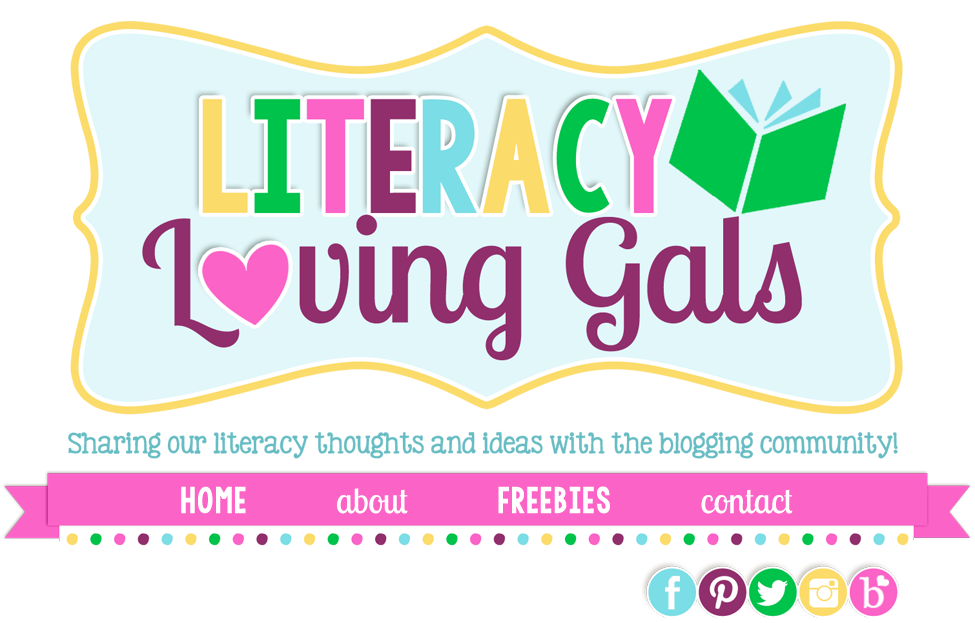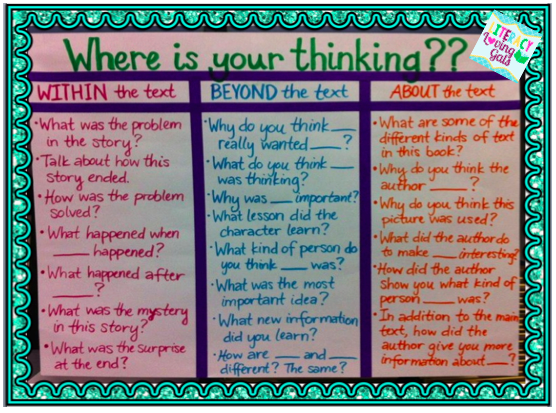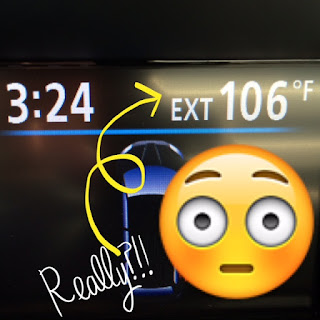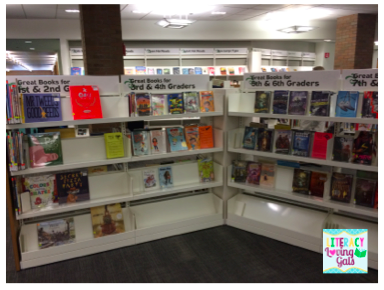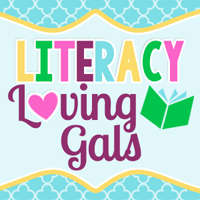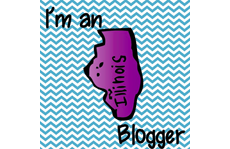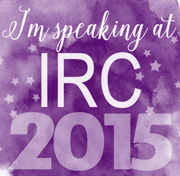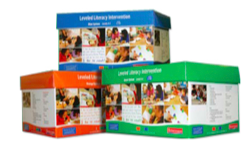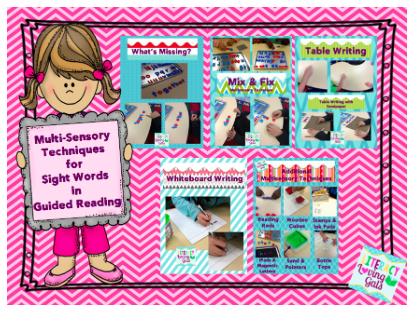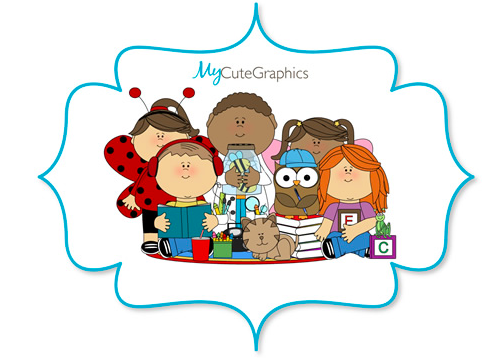Session 2: Executing Complex Tasks After Reading
You may be wondering What makes a task go from simple to harder to complex? Well, when students have to juggle multiple thinking processes to complete an activity, the complexity increases. Having students simply regurgitate information from a text is easy, as can be summarization of a text, which is recalling events and details in the students' own words. However, when students are asked to break something down, the task becomes much more difficult.
Kristina Smekens discussed how teachers need to be able to recognize the characteristics of complex tasks before they can create tasks for students to execute after their reading. Using Norman Webb's Depths of Knowledge (DOK) levels and following the close-reading framework can help guide teachers.

Some attendees at the conference asked Smekens, Is DOK just a new name for Bloom's Taxonomy? The answer is no. Bloom's Taxonomy consists of a variety of verbs, but DOK is not about the verbs. DOK is about the context or the depths of thinking. Click HERE to get a betters sense of the difference between the two. :)
As an introduction/example activity, the attendees were given strips of paper and asked to place them in order based on complexity of the task. At our table, we discussed what made each activity more complex. The example of the strips are placed in order of complexity below.
- Execute a concept I read about in a professional book using the ABC chart.
- During a team/grade-level meeting, summarize the ABC lesson I executed.
- During a faculty meeting, brainstorm applications of the ABC Chart in all content areas/elective courses.
- Plan and present a conference breakout session on 20 different applications of the ABC Chart to target persuasive/argumentative, informative and narrative writing in k-12 classrooms.
Teachers need to ask themselves when planning for students How cognitively demanding do I want the activity to be? In terms of standardized tests, about 20% of the test questions fall under DOK Level 1 and DOK Level 2, while 80% of the questions fall under DOK Level 3 and 4. This means all students must be exposed to complex thinking and complex tasks. As we know, students are not all on the same learning and thinking levels. Teachers must be prepared to vary their level of support. Scaffolding is KEY!
In terms of matching the level of the reader and the level of the text, there is definitely a place for that within the classroom. As it was mentioned at the retreat, the place for leveled texts is in literacy stations and at home for nightly reading/homework, not necessarily guided reading. Say what?! Yes, it's true according to Kristina Smekens. She mentioned teachers can not have students live in the leveled book zone, if you want them to think on a more complex level. This is the same claim I heard from Timothy Shanahan at the Illinois Reading Conference last October. (He's one of my favorite literacy researchers. He goes against the norm!)
Complex tasks and complex texts should always be done and used in class with scaffolding. If teachers are there to offer a variety of support to their students, staying on "instructional level" material is not always necessary. Teachers need to honor different levels of support and guide students to the answers using prompts and cues. For example, teachers should guide students' eyes to the visual cues in the text. As teachers, we want students to grapple with the text and their thinking. We want them to still feel the frustration, but have them know they're not, in Smekens' words, "left alone on an island of complexity!"
Teachers should allocate time for whole class discussions. Discussions permit students to pool their thinking together. Remember, these discussions are complex, so allow collaboration! We were told to consider it similar to a college study group after a lecture. You may leave a lecture clueless, but hearing others' thinking in a study group may help you understand concepts more clearly.
A heed of warning: students can hide in whole classroom discussions. Have you ever noticed the same three kids participate every. single. time, while others seem to make themselves "look busy"? That is the time to intervene! It is important for teachers to move to the small group format for certain students to scaffold their thinking. Make sure to provide various types of scaffolding, such as teaching comprehension strategies and defining key words for students. The point of the lesson is not to figure out the meaning of a word. Teachers, you need to act like a dictionary and define the word for the students, then move on to the heart of the lesson!
Before the session ended, two technology resources were mentioned. The Fotobabble App (or website) and the Skitch App can be useful when students are analyzing a text. Fotobabble enables students to take a photo of any text, photo, illustration, graph, etc. and record an audio analysis of the image. Skitch allows students to annotate their thinking on any document, including a PDF, photo, chart, map., etc. I've used Skitch with my students and they love it!
The professional texts recommended during this session were 50 Common Core Reading Response Activities and Reading to the Core. I do not own these books, but they've been added to my Amazon wish list!
I hope this information was useful to you. Thank you to Teaching Super Power and Kimberly Geswein for the clip art and fonts in my DOK image. The next session I will be discussing relates to writing: Building Stronger Beginnings and Endings. Stay tuned!
